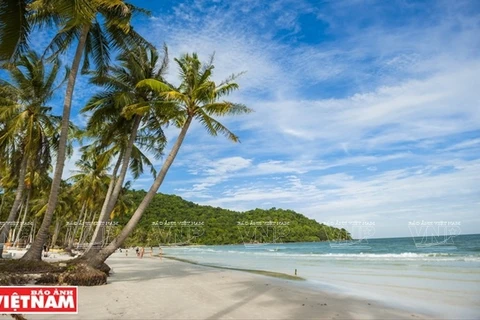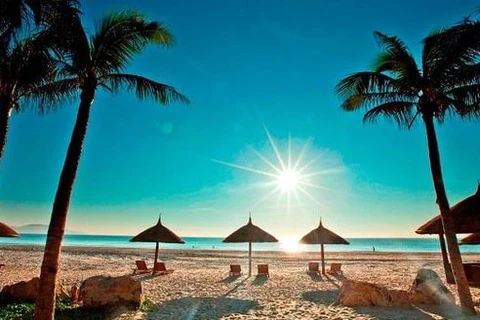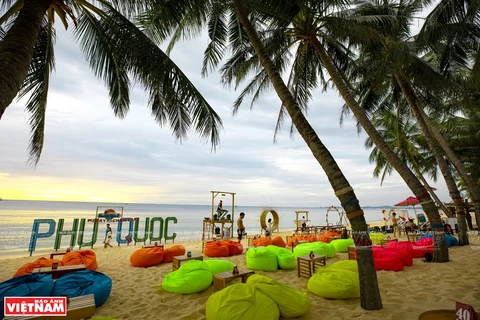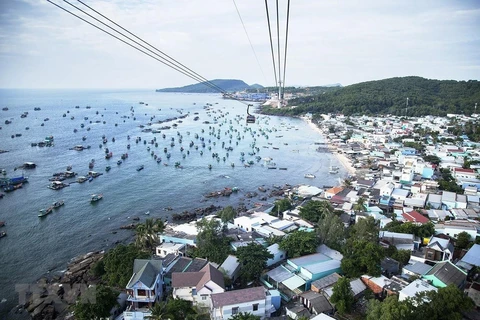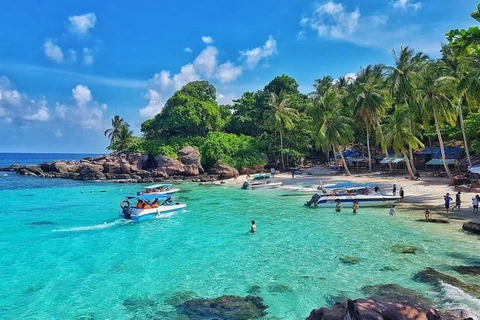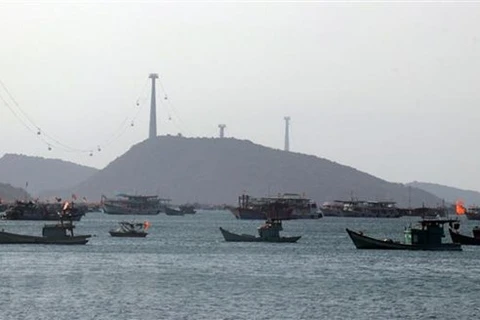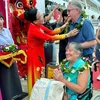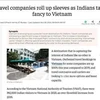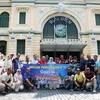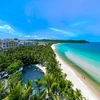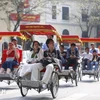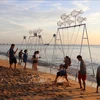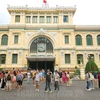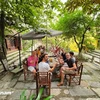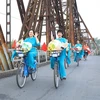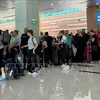Hanoi (VNA) – After two years of “freezing”, the Phu Quoc island city in the Mekong Delta province of Kien Giang is expected to be first destination in the country to receive foreign tourists after the Government approved the Ministry of Culture, Sports and Tourism’ proposal on a pilot plan to welcome tourists back under the vaccine passport programme.
Under the plan, visitors from countries with high safety in COVID-19 prevention and control in regions such as Northeast Asia, Europe, the US, the Middle East, and Australia will need to book package tours of travel agencies if they want to go to Phu Quoc.
To enter the country, visitors must meet certain requirements including a certificate of full vaccination or recovery from COVID-19 not more than 12 months from the date of their release from hospital to the date of entry. They also have to present a negative COVID-19 testing certificate issued by authorised agencies within 72 hours before departure.
Children under 12 years old have to travel with their parents or guardians that satisfy the above-mentioned papers.
Visitors are also required to install the Vietnam Safe Travel or the Healthy Vietnam apps and make a medical declaration through those apps. In case visitors do not meet all the necessary requirements, they may be denied entry and bear the cost of returning to their home country or transit.
After arriving in the country, visitors must comply with the Health Ministry’s 5K message – khau trang (face masks), khu khuan (disinfection), khoang cach (distancing), khong tu tap (no gatherings), and khai bao y te (health declarations).
Any tourists who have suspicion symptoms forCOVID-19 at the entry point should follow quarantine measures, and always turn on bluetooth and GPS after installing medical declaration applications.
Visitors have to travel on their designated cars in line with the approved schedule. Service staff, drivers, guides and tourists are required to wear masks throughout the journey.
 With a system of luxurious and modern hotels and resorts, Phu Quoc island city is ready to welcome back fully-vaccinated foreign visitors in the first steps to revive the tourism industry. (Photo: VNA)
With a system of luxurious and modern hotels and resorts, Phu Quoc island city is ready to welcome back fully-vaccinated foreign visitors in the first steps to revive the tourism industry. (Photo: VNA) Under the tourism sector's plan, Phu Quoc will receive tourists for six months in two phases on a trial basis, starting from October. In the first phase, lasting three months, the island is expected to welcome 3,000-5,000 international visitors per month via charter flights, with visitors' activities limited to certain sites.
Depending on the outcome of the first phase, the pilot programme would be scaled up to welcome 5,000-10,000 passengers per month on commercial flights, and the sites opened to foreign visitors might be extended./.

